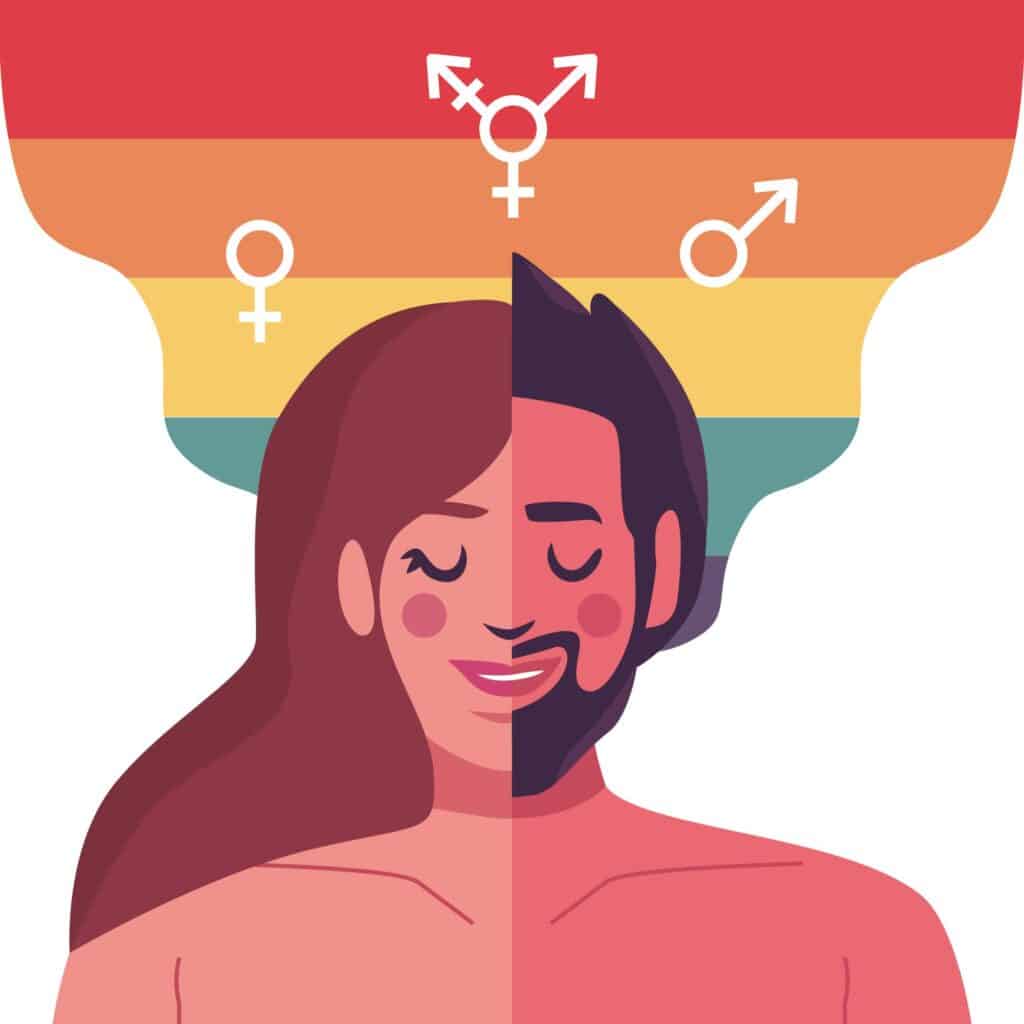When it comes to understanding human sexuality, most people are familiar with terms like heterosexual, homosexual, or bisexual. However, there are many unknown sexualities that remain under the radar, representing unique and diverse experiences of attraction and identity. Let’s dive into 10 of these lesser-known sexualities and what they mean.
1. Aegosexual
Aegosexuality describes individuals who experience sexual attraction but do not wish to act on it or be involved in the sexual activity themselves. This unique sexual orientation is often linked to those who enjoy fantasies or sexual content without a desire to participate physically.

2. Sapiosexual
While gaining more recognition recently, sapiosexuality is still a lesser-known identity. Sapiosexuals are attracted to intelligence above physical appearance, finding deep intellectual connections to be the most significant spark of attraction.

3. Lithsexual
Lithsexual individuals experience sexual attraction but do not desire the feelings to be reciprocated. Also referred to as akoiromantic in some cases, they often enjoy the emotional distance while still appreciating the allure of attraction.

4. Skoliosexual
This identity describes those who are primarily attracted to nonbinary people. Skoliosexual individuals often find themselves drawn to those who challenge traditional gender norms. Their preference underscores the diversity of attraction that exists beyond the binary.

5. Abrosexual
Abrosexuality refers to someone whose sexual orientation shifts over time. For instance, they may feel a strong attraction to a particular gender one day, and no attraction the next. It’s a fluid and evolving experience.

6. Fraysexual
Fraysexual individuals experience attraction to someone only when they don’t know them well. Over time, as they grow closer or develop an emotional bond, the sexual attraction diminishes. This unique orientation challenges the conventional idea that intimacy strengthens attraction.

7. Demisexual
Though slightly more known in recent years, demisexuality remains misunderstood. Demisexual individuals only feel sexual attraction after forming a deep emotional connection with someone. It emphasizes the emotional element in relationships over purely physical attraction.

8. Placiosexual
Placiosexuality is an orientation where a person enjoys giving sexual pleasure but has no interest in receiving it. This preference often exists alongside other orientations and highlights the complexity of individual sexual desires.

9. Reciprosexual
Reciprosexual individuals only feel sexual attraction when they are aware that the other person is attracted to them first. Their orientation centers on mutual acknowledgment of feelings before any attraction develops.

10. Autochorissexual
Autochorissexuality is a type of orientation where someone experiences sexual attraction but remains disconnected from it. They may find sexual scenarios intriguing in theory, yet lack the desire to be directly involved.

Why These Sexualities Matter
Understanding these rare sexual identities is essential for fostering a culture of inclusivity and acceptance. The diversity in human experiences shows that there is no “one size fits all” when it comes to sexuality. Each orientation reflects a valid and meaningful way people connect with themselves and others.
What Can We Learn From These Different Types of Sexuality?
Learning about different types of sexuality broadens our understanding of the world and the people around us. It also provides those who identify with these labels a sense of validation and community. Whether it’s a unique sexual orientation like fraysexuality or a more familiar one like demisexuality, every identity deserves recognition and respect.
Final Thoughts
The world of sexual orientation is vast and incredibly nuanced. These unknown sexualities remind us of the importance of listening, learning, and respecting diverse human experiences. As society continues to evolve, so does our understanding of identity and attraction.
Have you heard of these sexualities before? Or do you resonate with any of these terms? Share your thoughts in the comments below—let’s keep the conversation going!











